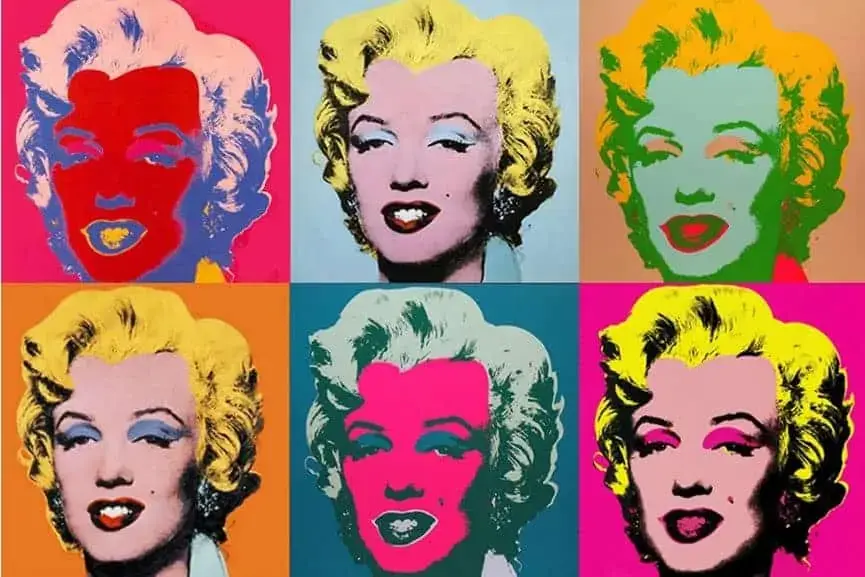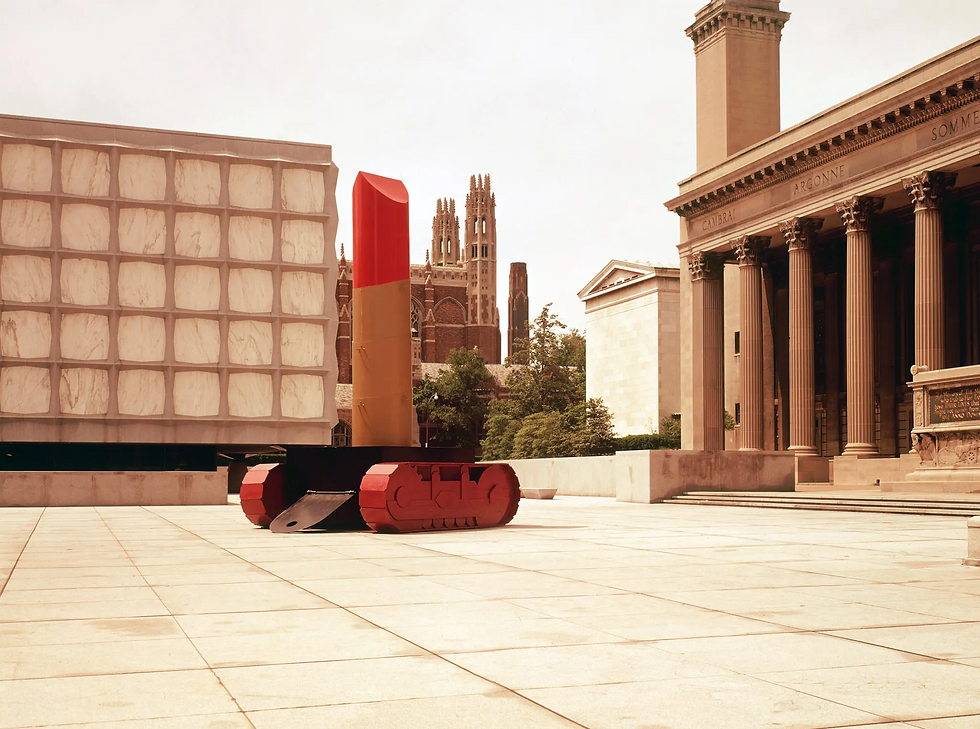The Impact of Pop Art: How this Movement Transformed Art and Culture
- Designer

- Feb 24
- 4 min read
Updated: Mar 19
The Pop Art movement burst onto the scene as a lively response to the cultural shifts of the post-World War II era. By combining commercial imagery with fine art, it changed how people viewed both. With its roots deep in popular culture, Pop Art invites us to contemplate the intersection of art and everyday life. This exploration will lead you through the key moments that shaped pop art, showcasing how it reflects the spirit of its time.
Origins of Pop Art
Pop Art began in the 1950s, as artists started to view popular culture as a valid topic for artistic expression. Shunning the exclusivity of abstract expressionism, this movement aimed to connect high art with everyday experiences. Britain's burgeoning consumer culture and mass media played a pivotal role in its development.
At the forefront of this artistic revolution was The Independent Group at the Institute of Contemporary Arts in London. Artists like Richard Hamilton and Eduardo Paolozzi broke new ground by infusing their works with images from advertisements and consumer culture, like Hamilton’s collage "Just What Is It That Makes Today’s Homes So Different, So Appealing?" This piece, created in 1956, cleverly combined various elements of consumerism into a single artwork, presenting a critique of contemporary society.

This era marked a transformative moment in the art world: pop art was not merely about aesthetics. It took a hard look at how culture’s commodification shapes experiences. Artists drew inspiration from magazines, comic books, and mass-produced products, elevating them to the realm of fine art.
The Arrival of American Pop Art
As British artists laid the groundwork, American artists amplified the movement, particularly in the 1960s. Iconic figures such as Andy Warhol, Roy Lichtenstein, and Claes Oldenburg emerged, each adding unique styles and perspectives to pop art.
Andy Warhol's work encapsulated the movement's spirit. By employing silkscreen printing, he mass-produced art and questioned originality. His famous "Campbell's Soup Cans," created in 1962, transformed an everyday product into a cultural touchstone, illustrating how art can elevate the mundane. Interestingly, Warhol produced over 32 different soup can designs, each corresponding to a different flavor, highlighting America's consumer habits.
Roy Lichtenstein took a different approach, using comic books as his muse. His monumental work "Whaam!" (1963) mimicked the appearance of comic strip panels to address themes of love and conflict. Lichtenstein’s large, vibrant pieces brought the visual language of comics into high art, appealing to young audiences in a society rapidly drawn to mass media.

Claes Oldenburg added a humorous twist, creating oversized sculptures of everyday items. His 1969 installation "Lipstick (Ascending) on Caterpillar Tracks" serves as a stunning critique of consumer culture and war, juxtaposing the frivolous nature of consumer goods with the serious context of military might.
The Cultural Impact of Pop Art
The influence of pop art extended far beyond the canvas, infiltrating music, fashion, and film. Its bold aesthetic and satirical tone resonated deeply with the youth culture emerging in the 1960s, celebrating individual expression and rebellion against the mainstream.
By the close of the 1960s, pop art became synonymous with cultural resistance. The explosion of color and playful engagement with consumerism made it a dynamic medium for social critique. For example, the 1969 song "Sugar, Sugar" by The Archies not only embodies the fun spirit of pop art but also demonstrates its profound influence on mainstream music.
Moreover, pop art opened doors for future artistic movements, particularly postmodernism. Artists like Jeff Koons and Takashi Murakami draw inspiration directly from pop art’s visual lexicon, showing how its impact endures across generations.

The Evolution of Pop Art
As years progressed, the styles within pop art diversified, responding to shifts in society and technology. The move from manual techniques to digital tools opened up new possibilities for artists. Digital artists began creating vibrant works that could be reproduced easily, redefining the concept of ownership and originality in art.
In addition, pop art began to encapsulate a wider range of narratives, including feminist and multicultural perspectives. Artists like Cindy Sherman used pop art influences to address identity and societal roles, emphasizing the importance of representation in her series "Untitled Film Stills." Her photographs challenge traditional portrayals of women, blending elements of pop culture with profound commentary on gender dynamics.
This globalization of culture led to a rich blending of traditions, inspiring contemporary artists worldwide. Pop art's universal language continues to resonate, breaking down barriers and encouraging dialogue across diverse cultures.
The Lasting Legacy of Pop Art
Exploring the history of pop art reveals its significant evolution, reflecting pivotal cultural changes. From its humble beginnings in London to its vibrant presence in modern society, pop art remains a source of inspiration and innovation.
By embracing familiar visuals, the movement has made art accessible and relatable. It invites everyone to question what art means and how it fits into their daily lives. Celebrating the wonders of pop art reminds us of the importance of creativity in reflecting our human experiences. Through compelling canvases and playful installations, pop art continues to challenge perceptions, urging us to find beauty in the everyday.





Comments